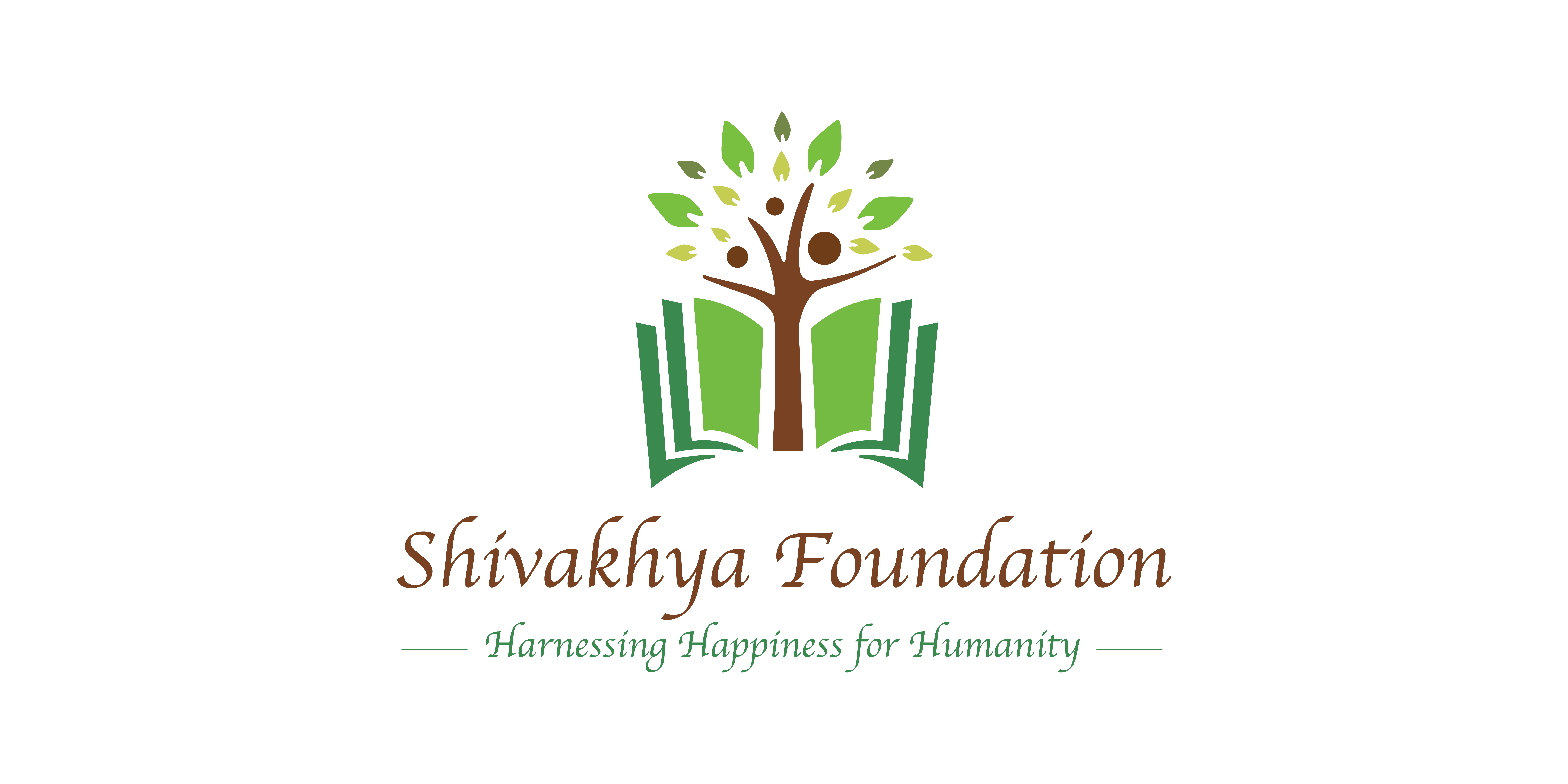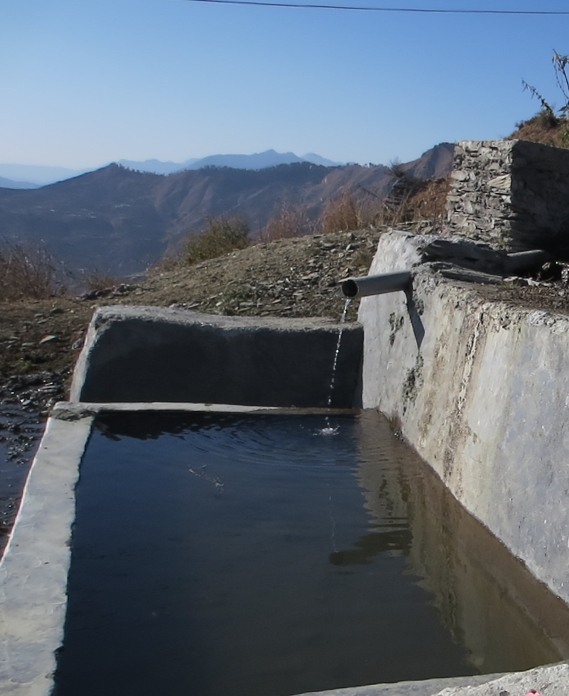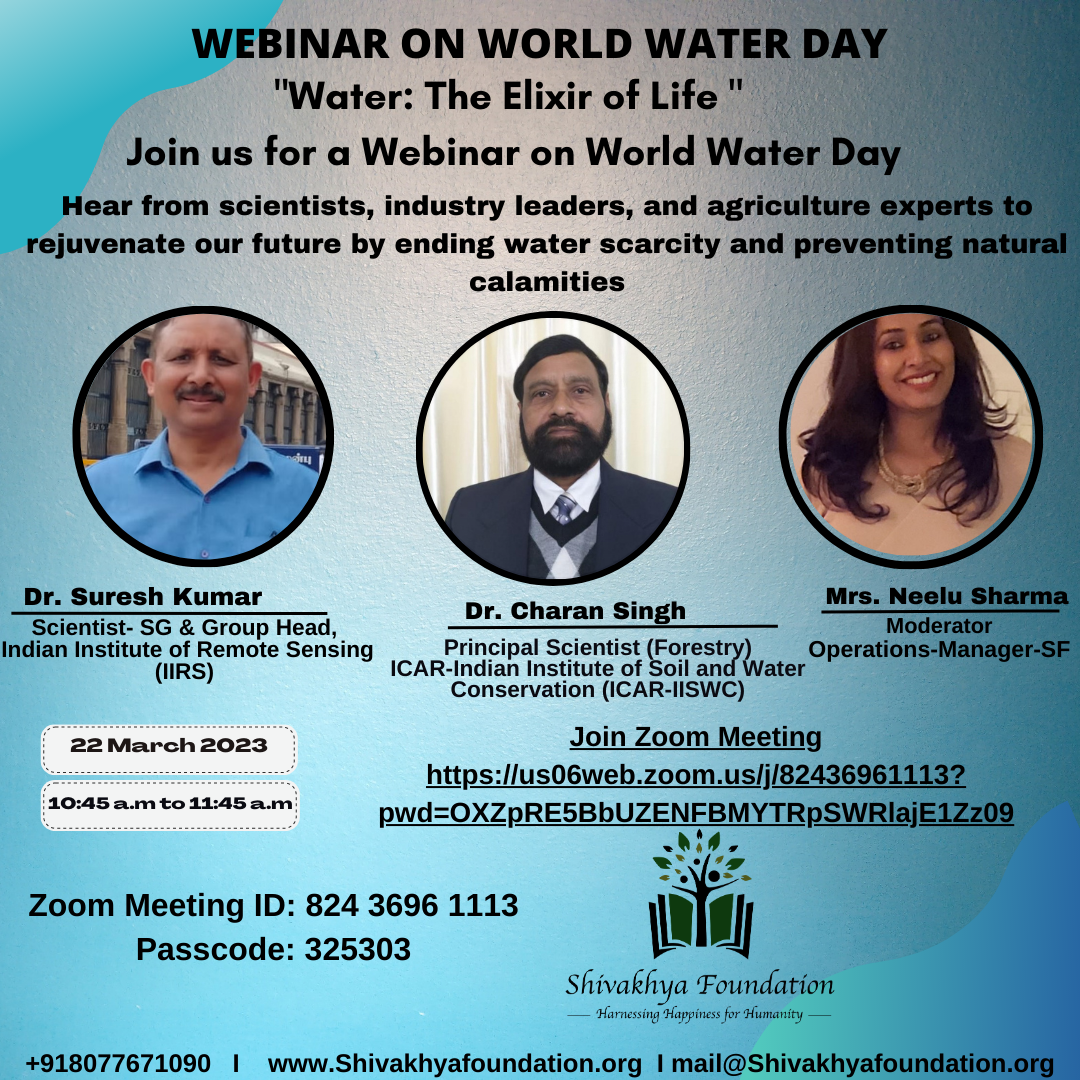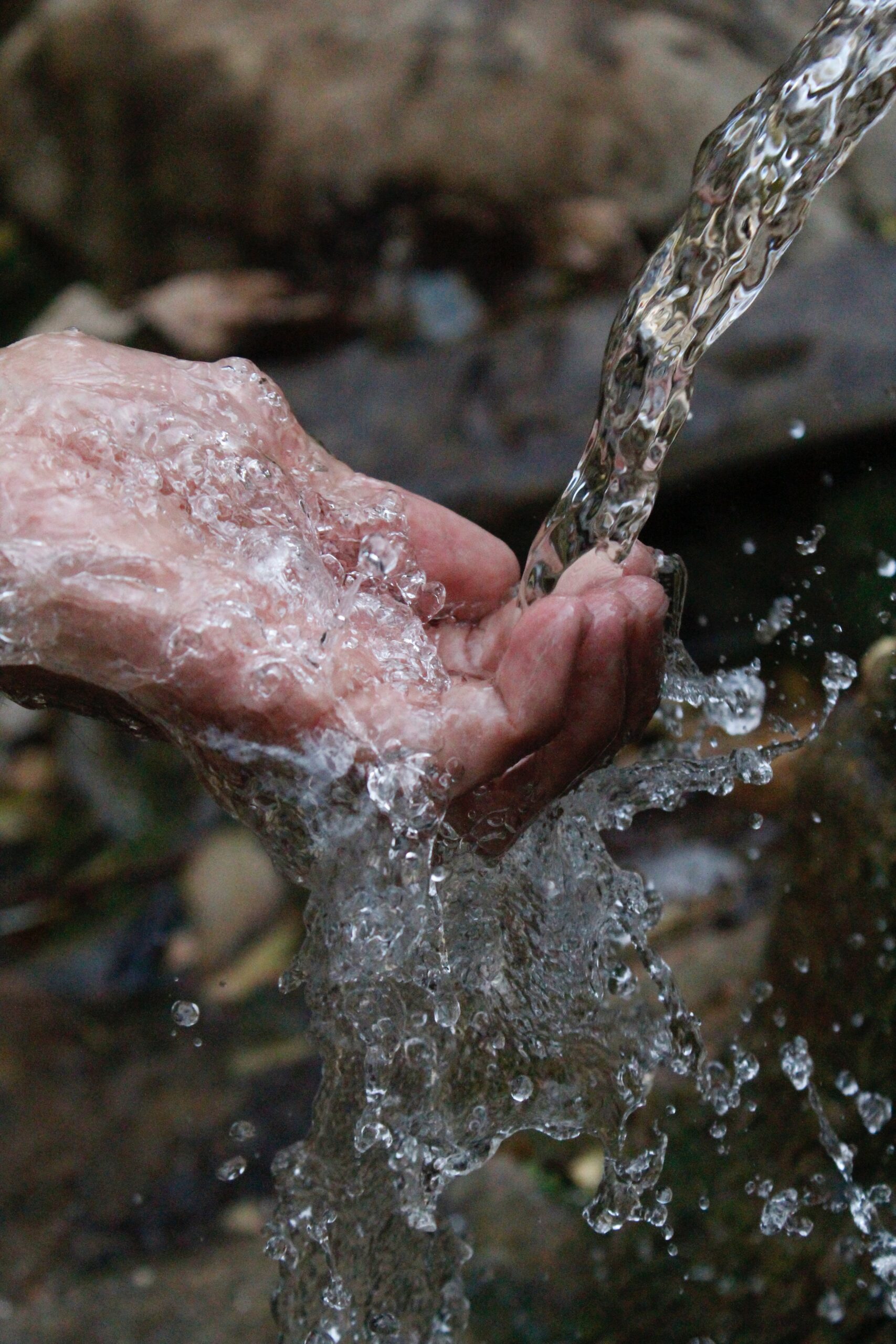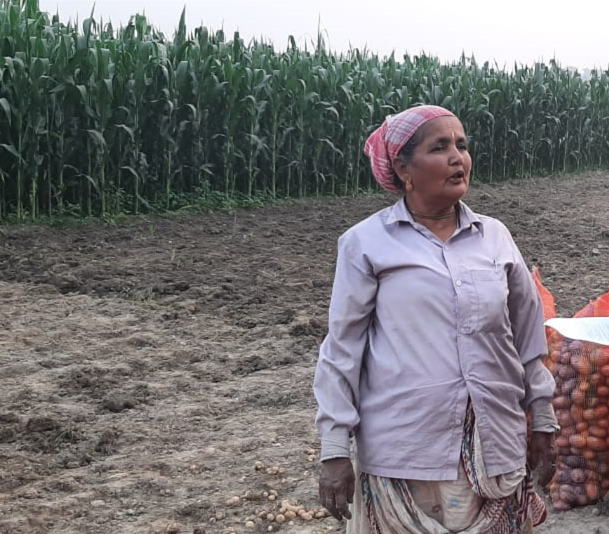Conservation Agriculture for Sustainability in Watershed
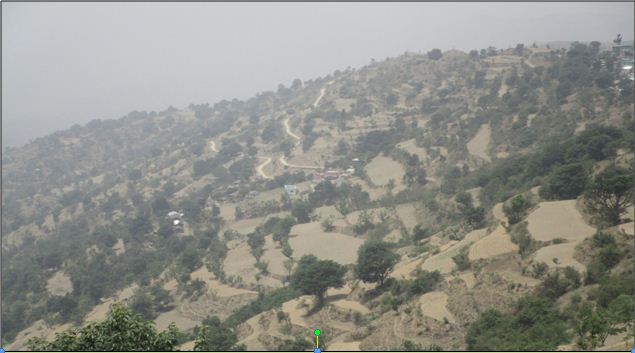
Soil erosion and Soil carbon sequestration are the two most important issues that need to be addressed in watershed.
Conservation Agriculture is one such means that can address the problem of soil erosion and carbon sequestration in soil in watershed. Carbon sequestration is significant in mitigating effects of climate change.

Conservation tillage is an important component of conservation agriculture that has an ability to reduce soil erosion and increase soil carbon sequestration in watershed. In conservation tillage, minimum tillage operation are done and the residue of previous crops like paddy straw, wheat straw and maize stalks etc are utilized.

Conservational tillage exposes the soil through ploughing of the land and makes it prone to erosion. Along with it, conventional tillage of land results in emission of Co2 in atmosphere
Conservation tillage ensures a minimum disturbance to the soil during cultivation of crops. It also ensures sufficient amount of organic matter and hence organic carbon in the soil.
Conservation tillage includes zero tillage, strip tillage, ridge tillage, mulch tillage and contour tillage. Of which, Zero tillage is an extreme form of tillage operation that results in least disturbance to the soil and its environment
Conservation tillage is definitely a sustainable means of crop production that in the whole cultivation process ensures 3 important aspects of sustainable Agriculture i.e.
- Soil health
- Crop yield
- Environment
Watershed programmes can mobilize the farmers for conservation tillage so that sustainable crop yield can be achieved with minimum adverse effects on soil and environment.



